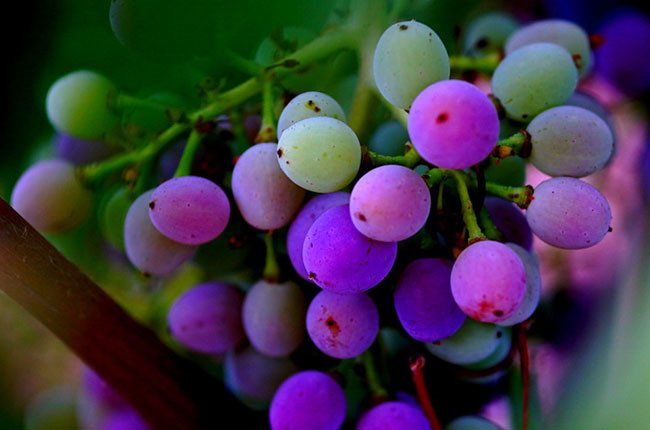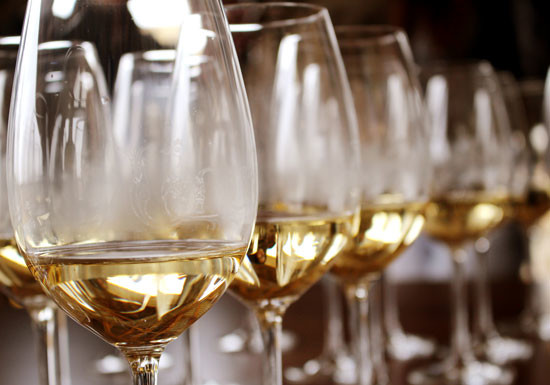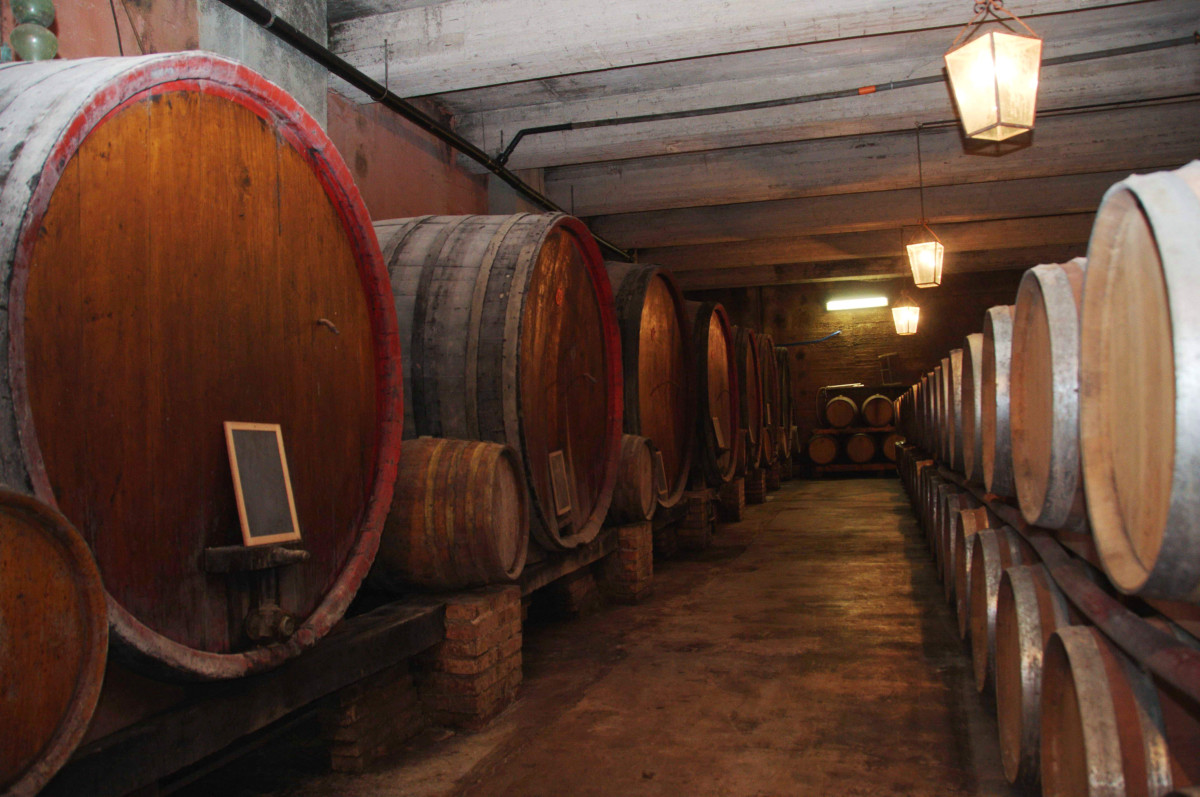What makes a satisfying glass of wine? Berry Brothers & Rudd's new book explains six key factors which keeps a wine in balance.

A wine needs balance between all the factors that contribute to the taste and character. Read the guide below to know how to better understand wine.
ACIDITY
Acidity is a positive in wine – it preserves the wine, gives it backbone, keeps it fresh.
Detect acidity through its mouthwatering effect, a tingling sharpness on the tongue.
Try tasting one glass of plain water, then a second with some lemon juice added: you’ll notice the effect of the acidity in your mouth. Any fruit needs some acidity to be enjoyable, and wine – the juice of the grape, at heart – is no exception.
Too little acidity, and the wine will taste flabby and over-sweet. Too much, and it will be tart, astringent and sour.
In general, the cooler the climate, the higher the acidity. For examples of high and low acidity wines, compare a Sauvignon Blancwine with a Gewürztraminer.

FRUIT RIPENESS
 Grapes in different climates, with more or less sunshine, ripen to different degrees – think of a green apple compared to a tropical fruit. Or compare a ripe, juicy peach with a hard, unripe one.
Grapes in different climates, with more or less sunshine, ripen to different degrees – think of a green apple compared to a tropical fruit. Or compare a ripe, juicy peach with a hard, unripe one.
Fruit ripeness can be a good clue to whether the wine comes from a cool climate, or a warmer one. (See the above diagram). Ripe, fruity wines can be more immediately attractive than austere, mineral ones. But both sorts have their charms – and their uses.
You will find that acidity and fruit ripeness have an inverse relationship with each other.
ALCOHOL
The warming, weighty sensation in the back of the throat as you swallow is how you detect alcohol – apart, that is, from looking at the label.
That label will show that alcohol may be anything from 5 to 17 per cent of the wine, though most fall around 12-14 per cent.
The amount of alcohol makes a big difference to the taste, the flavour, the entire sensation of a wine.
It can add weight and body to the wine. To comprehend weight, imagine drinking a glass of water, then imagine drinking olive oil (imagine it, don’t try it…). The oil is weightier in the mouth.
The alcohol is natural. In essence, the sun on the vine creates sugar in the grapes. Yeasts (micro-organisms) found on the grape skins, or added to the vat by the winemaker, convert this sugar into alcohol. So the more sun, the more alcohol, and often the lower the acidity.
As with acidity, the place the wine is made has a big influence on alcohol level. Warmer climates lead to riper grapes with more sugar: thus higher alcohol.
Alcohol also tastes sweet: high-alcohol red wines show this.
TANNIN
Think of tea: drink a strong tea, and you feel a drying sensation, furring on gums and across the tongue.
This is tannin, a group of compounds found in tea – and in the skins of grapes. Lots of them are found in red grapes – and, as generally only red winemaking uses the skins, it’s predominantly found in red wines.
Tannin adds body to wine and is an antioxidant preservative: thus it also aids its longevity. Red wines to be cellared benefit from tannin: it helps wine to age gracefully.
Wines made to be drunk young need lower tannins, and winemakers will steer the process to extract less tannin. Such wines may need, and get, more acidity to confer balance.
To see this, compare a Beaujolais (Gamay grape) and a Barbaresco (Nebbiolo grape).
How can you detect tannin? Swirl the wine around your mouth, and tannin will give a sensation of dryness to your gums and cheeks.

OAK
Oak in winemaking is a choice: plenty of grapes get to be wine without it. Essentially, it is a choice of containers.
The key is air, not just oak: an oak cask lets the young wine ‘breathe’, and this changes its development. Oak casks, especially new ones, also confer some flavours on the wine: when you smell or taste vanilla, or toast, that’s oak.
You will find oak notes in many red and in some white wines.
Fresh, brisk wine, on the other hand, will generally indicate the absence of oak.
A useful comparison is between a Chablis (all are made from Chardonnay, and most are unoaked) and an oaked Australian Chardonnay.
COMPLEXITY
Not all wines are intended to mature in bottle: most wine, in fact, is made to be drunk young and fresh. Those wines that are made to ‘age’ (as winespeak has it) gain complexity and interest in bottle.
This complexity is expressed via more interesting, persistent and nuanced scents and a broader and longer-lasting spectrum of flavours. Red wines will lose harshness and tannin, and develop softer, rounder, more savoury flavours. The acidity in whites will seem less apparent, and complex aromas and tastes will develop.
These factors stem from chemical reactions that go on beneath the cork. As these reactions proceed, the scents and flavours will subtly alter.
After a point, these reactions will slow and change, and the wine will fade, become less interesting, then go past its peak and will eventually turn to vinegar.
It is pointless to seek complexity in a simple wine: sadly, mere age will not make a very basic bottle into a classic.
Translated by Sylvia Wu / 吴嘉溦
All rights reserved by Future plc. No part of this publication may be reproduced, distributed or transmitted in any form or by any means without the prior written permission of Decanter.
Only Official Media Partners (see About us) of DecanterChina.com may republish part of the content from the site without prior permission under strict Terms & Conditions. Contact china@decanter.com to learn about how to become an Official Media Partner of DecanterChina.com.











Comments
Submit